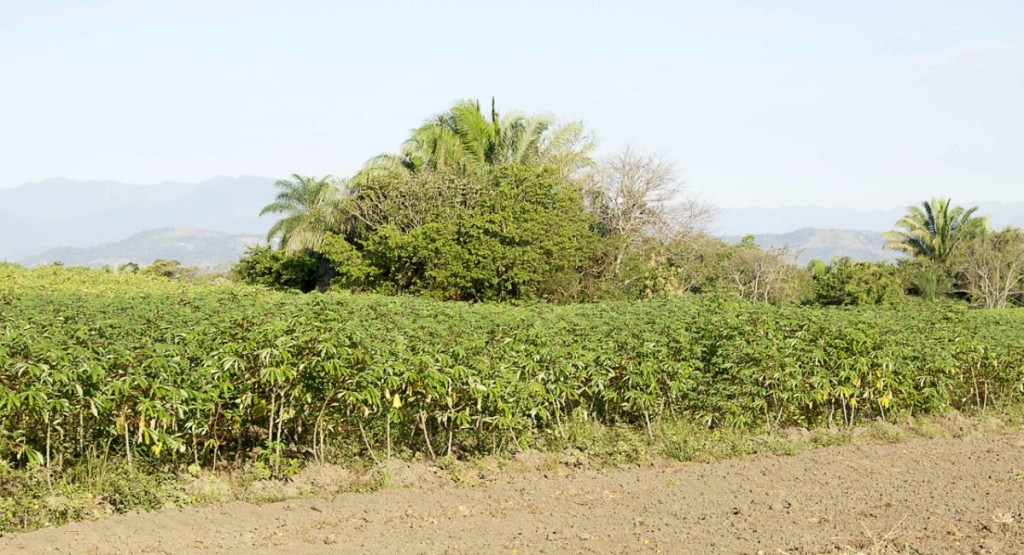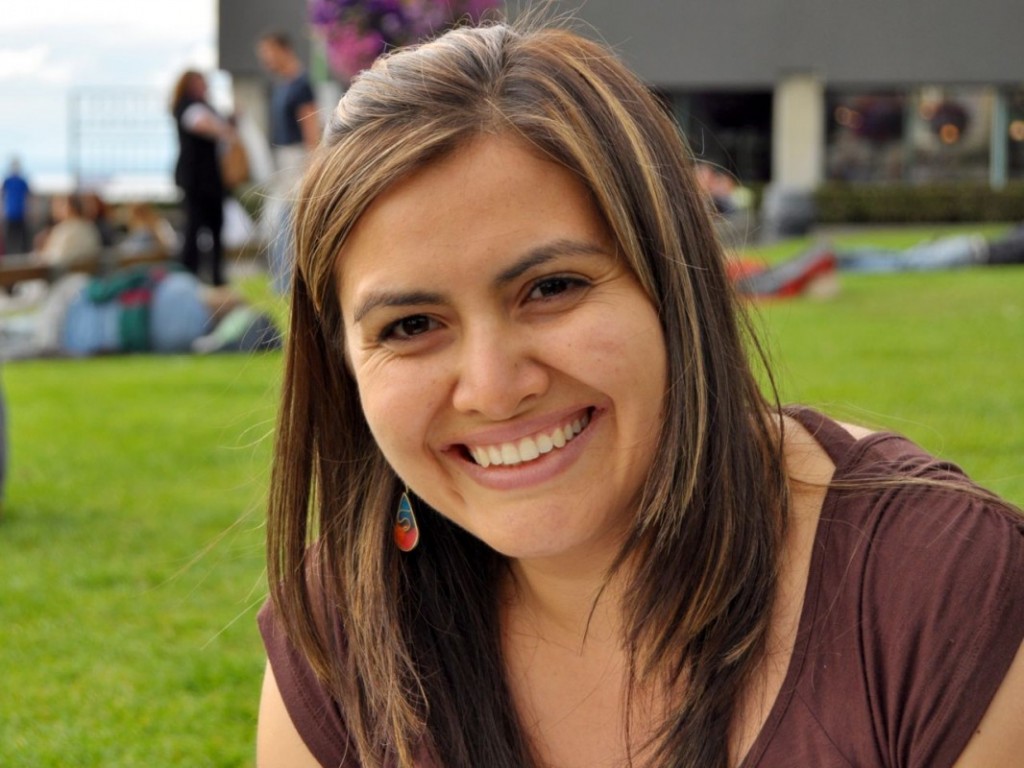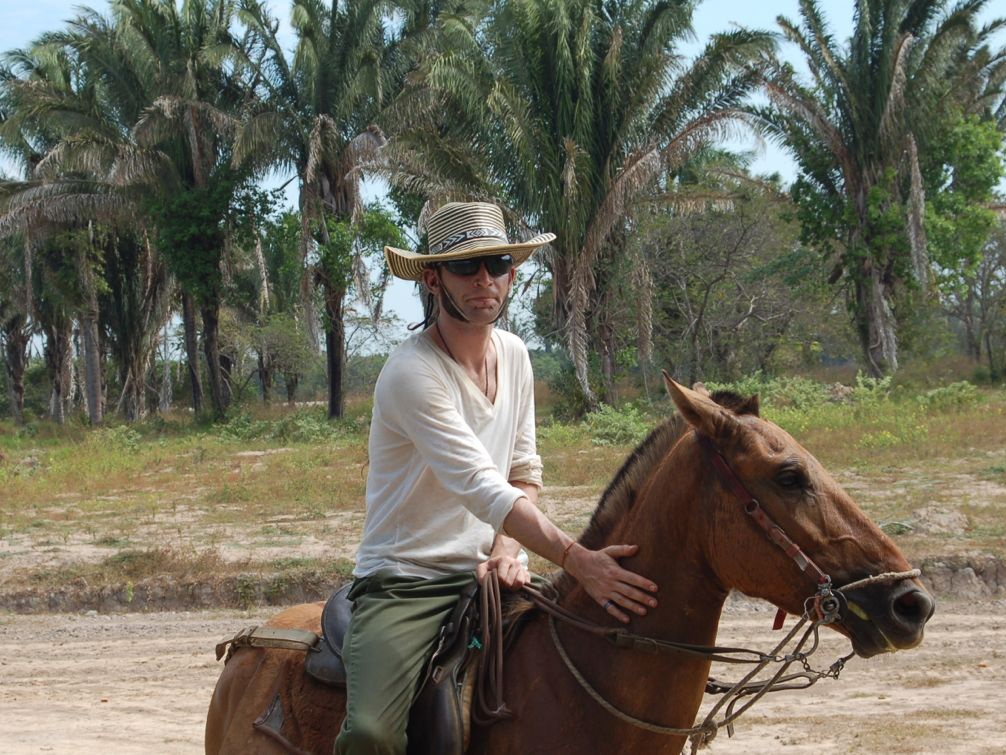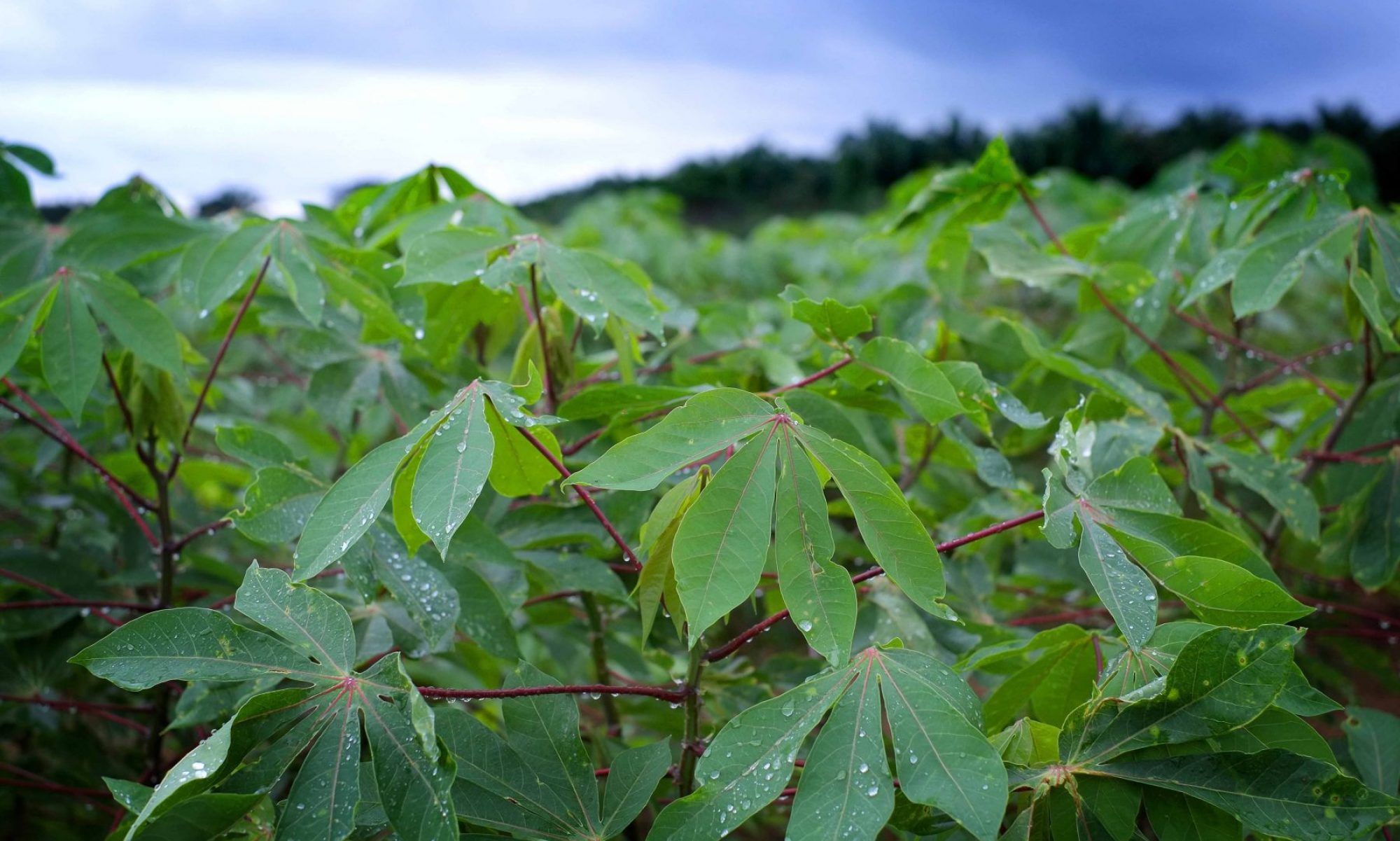
When we test the effects of AMF on cassava growth we are introducing AMF to fields that contain natural AMF communities. The fungus we use is called Glomus irregular and it also naturally occurs in agricultural soils in Colombia. However, we want to know what happens to the AMF that we add and what happens to the native AMF community when we add it. Find out more below.
Our two main questions are
- What happens to the AMF we introduce? Do they successfully colonise the cassava plants or are they outcompeted by the native AMF community?
- If the AMF we introduce successfully colonise the cassava plants, how do they affect the natural AMF community that was already present? Do they alter the structure of the natural AMF community? Do they outcompete some species that were present in the natural AMF community? Do they have any effects on diversity of the natural AMF community?
Where and how we do this
We carry out this part of the project at Utopía near Yopal in the exact same experiments that are being conducted to look at effects of AMF on cassava growth. Because we have cassava inoculated with AMF and left uninoculated, we can compare the AMF communities in the different treatments.
The only way to look at the diversity of AMF in roots is to sequence the DNA of the fungi. We extract DNA from cassava roots and then amplify parts of the AMF genome. We then sequence the amplified DNA using high throughput sequencing techniques. After this we have to clean the dataset and then we can use the data to answer the questions above.
Who does this
This work is part of the PhD project of Marcela Ordoñez who is a PhD student at the National University of Colombia. The analyses are conducted within the experiments set up by Isabel Cristina Ceballos Rojas. The sample preparation and the sequencing will be done by Jeremy “Mojito” Bonvin and Lucas Villard at the University of Lausanne.


